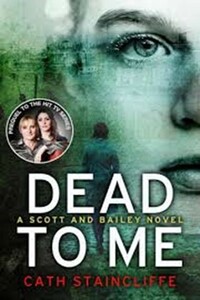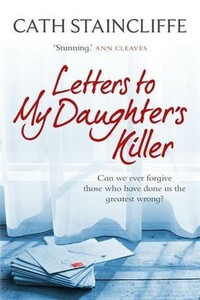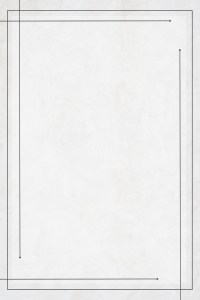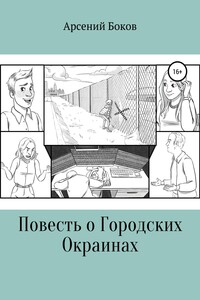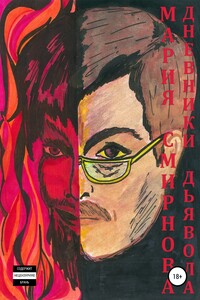Half the World Away | страница 65
‘This is the second ring road,’ says Peter Dunne, pointing to the overhead bridge that crosses the junction. ‘It was completed with these new elevated sections last year.’
‘Lori posted pictures of it,’ I say. ‘She can see it from where she lives.’
‘That’s right,’ he says. ‘There’s a bus service on the ring road – it’s a good way of getting about. It connects to the Metro, which is closer to the city centre.’
‘How long have you been in China?’ I say.
‘Fifteen years,’ Peter Dunne says.
‘It must have changed a lot,’ Tom says.
‘Beyond recognition,’ Peter Dunne says, ‘with the explosion in economic growth, construction, infrastructure. Immigration here is mainly Chinese, coming in from the countryside and smaller towns in their thousands. The population’s seven million in the city itself, fourteen million in the municipality, and growing.’
An industrial revolution for the twenty-first century. Not unlike what happened in Manchester in the nineteenth but at a far greater pace and on a much bigger scale. Through the window I watch the crowds on the streets and think of the massive changes they’re living through, coming from paddy-fields and apple orchards, from rearing pigs and chickens to a world of marble-floored shopping malls and the Metro, to disposable income and the daily commute.
We turn left and the traffic halts again. In the shadow of the flyover, under the ramp, there is a paved area with some planters around the edge and, in the middle, half a dozen people are moving in formation, one arm slowly lifting, elbow bent, hand cupped, head bowed. Tai chi perhaps. Then we sprint forward and they are gone.
CHAPTER TWENTY-FIVE
The car makes its way down a narrow, tree-lined street, with shops at ground level. The buildings here are older, five or six storeys high, clad with coloured tiles. Most of the balconies are hung with laundry. A man with a conical hat is sweeping the pavement with a broom.
We turn into a gap between two buildings leading to a parking area. There is an automatic barrier across the entrance and a guard box at the side. The driver speaks to the guard and the barrier goes up. A row of police cars is parked along one wall; they have white bodywork with a red stripe along the sides and a fancy crest, a bank of red and blue lights on the roof.
The driver parks. We get out and follow Peter Dunne back to the street. The police station, a white-tiled block with a blue sign outside, is smaller than I expected. Inside is the reception area, a white room with a low ceiling and a long fake-marble counter with
